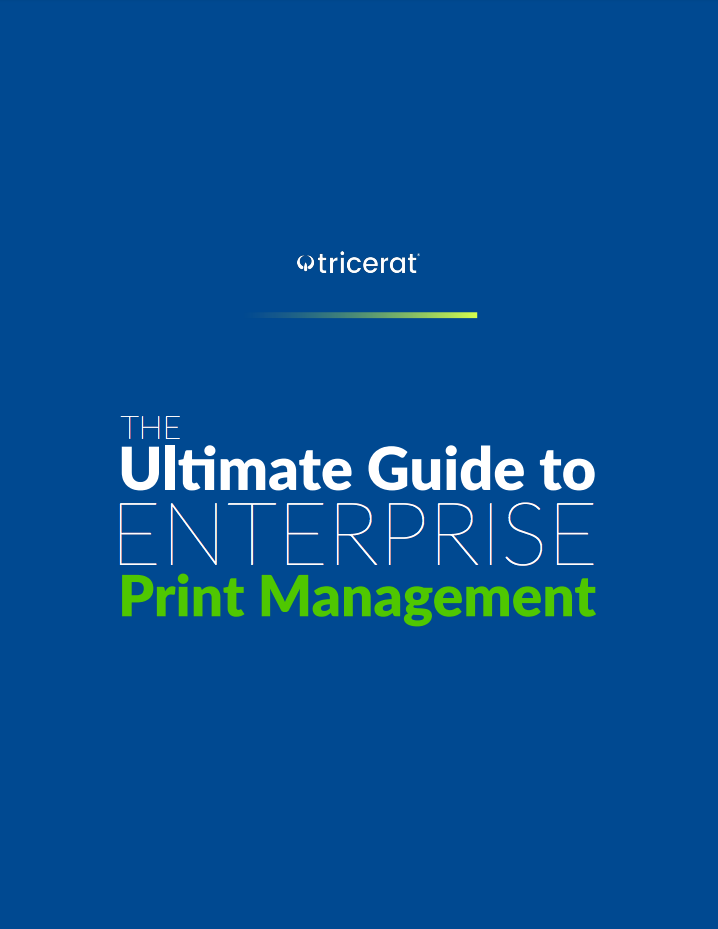Imagine a world in which customers could walk into a store, take what they want, and leave. No lines, no wait time, no checkout. This may seem far-fetched at the moment, but this kind of retail environment is not too far away thanks to fast-evolving point-of-sale (POS) systems.
Within the last decade, POS systems have evolved dramatically. What used to only involve cash registers near store exits has evolved into omnichannel experiences that provide seamless transitions between in-store and online sales, contactless payments, sales analytics, and inventory tracking. Modern POS can even allow organizations to create and manage customer profiles from one dashboard, create branded online stores on social media, and more. We have come a long way already, but the future of POS systems is even more impressive, and could redefine the retail industry forever.
Considering how quickly technology has evolved and impacted our society in recent years, it is surprising that the typical in-store checkout experience for consumers has remained relatively stagnant. However, research from iQmetrix explains why evolving POS Systems have the power to change all that.
One development that could transpire in the near future is image scanners at checkout. The scanning machines would record the items on a conveyor belt, instead of humans scanning the items' barcodes. This would eliminate common human errors that occur like double scanning and entering incorrect codes.
Other elements we could see in future POS systems are the mainstream implementation of quick sales/mobile POS and digital product tracking. Quick sales/mobile POS would give customers the ability to purchase an item anywhere in the store, instead of paying at the register and waiting in line. This one-click, contactless form of payment will "expedite transactions," iOmetrix says. Digital product tracking will allow shoppers to have a running total of products on a mobile app, and the list is transferred to the POS or self-checkout. A digital receipt will be sent to the shopper's mobile device after payment is received.
RFID tags help guarantee accurate scanning and product security, but they are not very convenient and have to manually be removed from the product before customers leave. Instead of having a tag attached to a garment or product, a new, more efficient option is RFID transponders. These could be printed directly into cloth or packaging using biodegradable conductive links. This way, when a customer pays for an item, the RFID tag is deactivated. This removes any chance that store alarms go off if an associate misses one of the tags at checkout, and more importantly, reduces the chance for anything to get stolen.
Biometrics is another POS advancement that could have a big impact in retail environments. Biometrics would allow an associate to log in to the POS system using his or her fingerprint, an eye scan or face recognition. A biometric scanner on customers' mobile devices would pair with the retailers' system, allowing shoppers to receive personalized communications based on their gender, past purchases, age, etc. This personalized approach could boost sales and customer satisfaction.
According to Intel, " Many retailers, restaurants, and hospitality businesses are moving toward these technology-enabled experiences. But merging physical and digital commerce demands an inventive approach to POS systems."
As organizations inch closer and closer to blending their online and in-store transactions, cloud services may be needed to support POS services that are faster and more agile. " A growing number of POS systems use integrated cloud solutions, as server-based on-premises software gives way to progressive web applications that operate like those on your smartphone," the tech company reports.
Intel explains that consolidating mobile and in-store POS requires having the flexibility to use multiple operating systems in a physical environment. As virtual machines and containers advance, this will become more possible for retailers. They will be able to run multiple operating systems on the same premises without the need for additional hardware/integration.
Some current transaction types that are already a step toward hybrid environments include "Click and Collect," through which customers can order products online and pick them up in store, and "Endless Aisle," allowing sales associates to ship products to customers when they can't find it in-store.
While most retail environments do not yet void checkout lines or have scanning robots at the register, it is evident that evolving POS systems have the power to shape what it means to shop. As cloud services and application development advance every day, it seems this reality is even closer than we realize.
